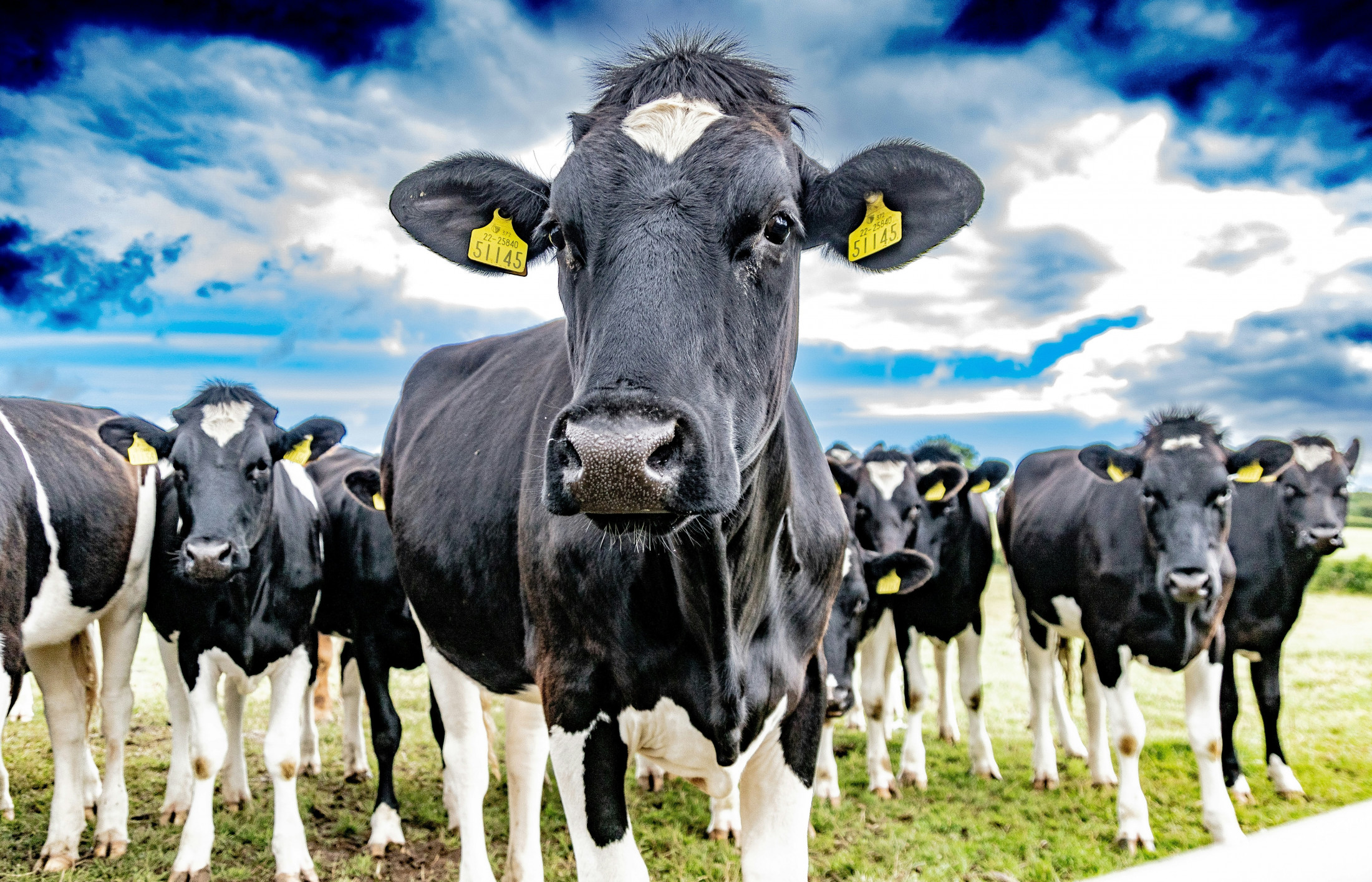The moral dilemma of virtual fencing
Posted: 28 December 2024
The popularity of virtual fencing is increasing quickly amongst dairy farmers, as an efficient method to contain and move stock. The technology works through a collar around, say, a cow’s neck that moves it by sounds and guides it from left to right. If the cow steps over the virtual boundary, it is first guided back by sound and, if that cue is ignored, it is given a low energy shock (significantly weaker than an electric fence). It is also capable of guiding cows to walk themselves to the milking shed
It’s not difficult to see why farmers around the country are inspired by this technology. It potentially removes the need for human labour which is not only in short supply, but is also accompanied by overwhelming regulation (think Health and Safety at Work Act 2015, Employment Relations Act 2000, Immigration Act 2009 – to name a few).
No brainer. . . why the opposition?
On 17 October 2024, submissions were heard before Parliament’s petitions committee from industry leaders (Ministry for Primary Industries (MPI), New Zealand Veterinary Association (NZVA) and the SPCA) after a Golden Bay dairy farmer lodged a petition due to the impacts of virtual fencing on animal welfare. The petition received 414 signatures, with concerns that the technology was cruel and could have a long term ‘brainwashing’ effect on stock. The petitioners want cows to be left to be cows, and not made to behave like robots.
One of the companies that provides virtual fencing (Halter), has said in its own submissions that there are safeguards in place to protect animal welfare and, that when cows learn the system (estimated to be within a week), they only experience the cues for 96 seconds of the day. Compared with the conventional methods of herding cattle with quad bikes or dogs, virtual technology arguably induces less stress. Cows can walk at their own pace and experience less lameness.
Efficient and ethical farming or dystopian nightmare?
Neither MPI nor the NZVA have identified any evidence that virtual fencing is a risk to animal welfare.
MPI has only received one complaint and on investigation found no concerns for the safety of animals. That being said, the industry leaders are still seeking regulations for the technology to mitigate welfare risks from any new agri-technologies, as that industry develops fast.
At this stage, there is no suggestion that virtual fencing systems do not already meet the requirements of the Animal Welfare Act 1999, Regulations or Codes of Welfare. There is already a legal requirement that wearable collars, such as those used for virtual fencing, do not cause injury to animals and are handled in a way that minimises risk of pain, injury or distress.
However, a draft code specific to virtual fencing and best farming practice has been prepared by the National Animal Welfare Advisory Committee that will amend minimum standards to safeguard cattle welfare even further in respect to emerging technologies.
Following the hearing of submissions, recommendations will be decided by the petitions committee and presented to Parliament. The government will then decide what action, if any, will be taken within 90 days. Ultimately, though, the risk of harm seems extremely low, with changes unlikely to impact those already using the technology.
DISCLAIMER: All the information published in the Property eSpeaking, Commercial eSpeaking, Trust eSpeaking, Rural eSpeaking, and Fineprint newsletters is true and accurate to the best of the authors’ knowledge. It should not be a substitute for legal advice. No liability is assumed by the authors or publisher for losses suffered by any person or organisation relying directly or indirectly on this article. Views expressed are those of individual authors, and do not necessarily reflect the view of this firm. Articles appearing in Property eSpeaking, Commercial eSpeaking, Trust eSpeaking, and Fineprint may be reproduced with prior approval from the editor and credit given to the source. Copyright, NZ LAW Limited, 2025. Editor: Adrienne Olsen. E-mail: [email protected]. Ph: 029 286 3650 or 04 496 5513.
